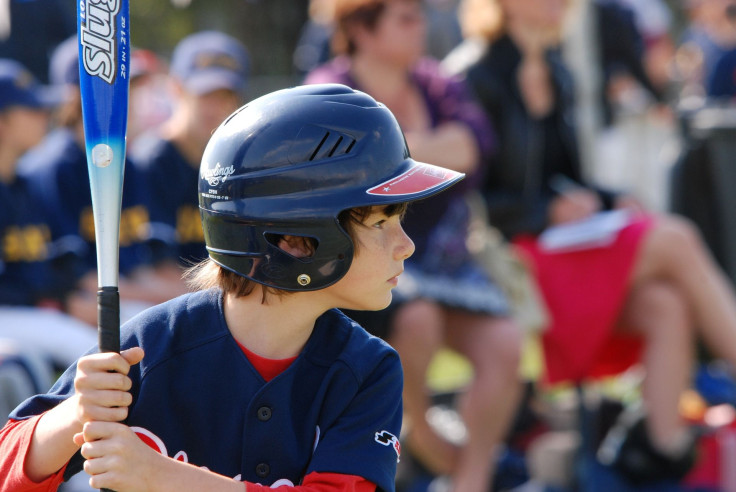Physical Activity Primes Children’s Brains For Academic Excellence, Finds Study

By now, researchers have pretty much solidified the notion that exercise is good for physical and mental health. One recent study, for example, found that running preserves a protein in the brain that protects cognitive function and improves memory. But in light of the childhood obesity epidemic, how can we encourage children to exercise more?
In a new report, 24 researchers from eight different countries gathered to create a consensus on the impact of physical activity on kids’ health. They focused primarily on studies that examined the health of children aged 6 to 18, and analyzed the effects of exercise on children’s fitness, health, cognitive function, motivation, and mental and social health. The report defines physical activity as “an overarching term that consists of many structured and unstructured forms within school and out-of-school-time contexts, including organized sports, physical education, outdoor recreation, motor skill development programs, recess, and active transportation such as biking and walking.”
In short, they found that exercise was beneficial for nearly every aspect of a child’s wellbeing: physical health, cognitive ability, motivation and psychological wellbeing, as well as social inclusion. First, exercise leads to improved cardiorespiratory fitness, which in turn improves brain development and intellect, they said.
When it comes to cognitive function and academic prowess, researchers found that exercise before, during, and after school helped children perform better in school (a notion supported by other research). Taking time away from classes for kids to participate in gym class, sports, or other recreational activities, meanwhile, didn’t take away from academics. “Time taken away from academic lessons in favor of physical activity has been shown to not come at the cost of scholastic performance in children and youth,” the researchers state. That’s because physical activity can increase brain plasticity, or the brain’s ability to change and grow over time, which is conducive to learning, memory, and cognitive function.
Exercise also provided benefits on a mental health level, improving students’ self-esteem and motivation. Taking part in sports or recreational physical activity also led to peer group acceptance and close friendships. To encourage social inclusion, the researchers suggest providing equal access to opportunities in sports settings regardless of a child’s demographic background. In addition, making way for bike lanes, parks, and playgrounds can help increase physical activity in children.
Source: Bangsbo J, Krustrup P, Duda J, Hillman C, Andersen L, Weiss M. The Copenhagen Consensus Conference 2016: children, youth, and physical activity in schools and during leisure time. British Journal of Sports Medicine. 2016.



























